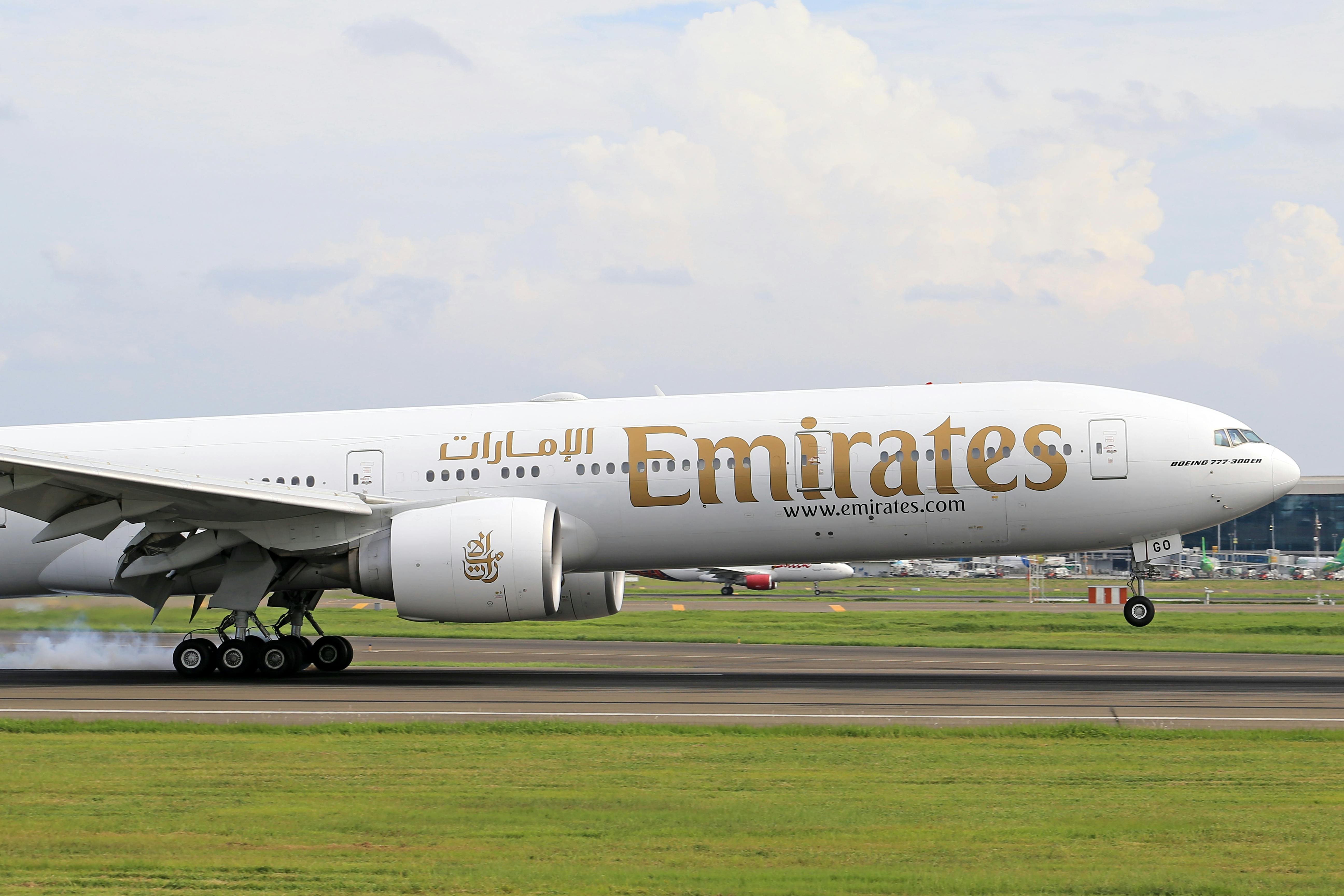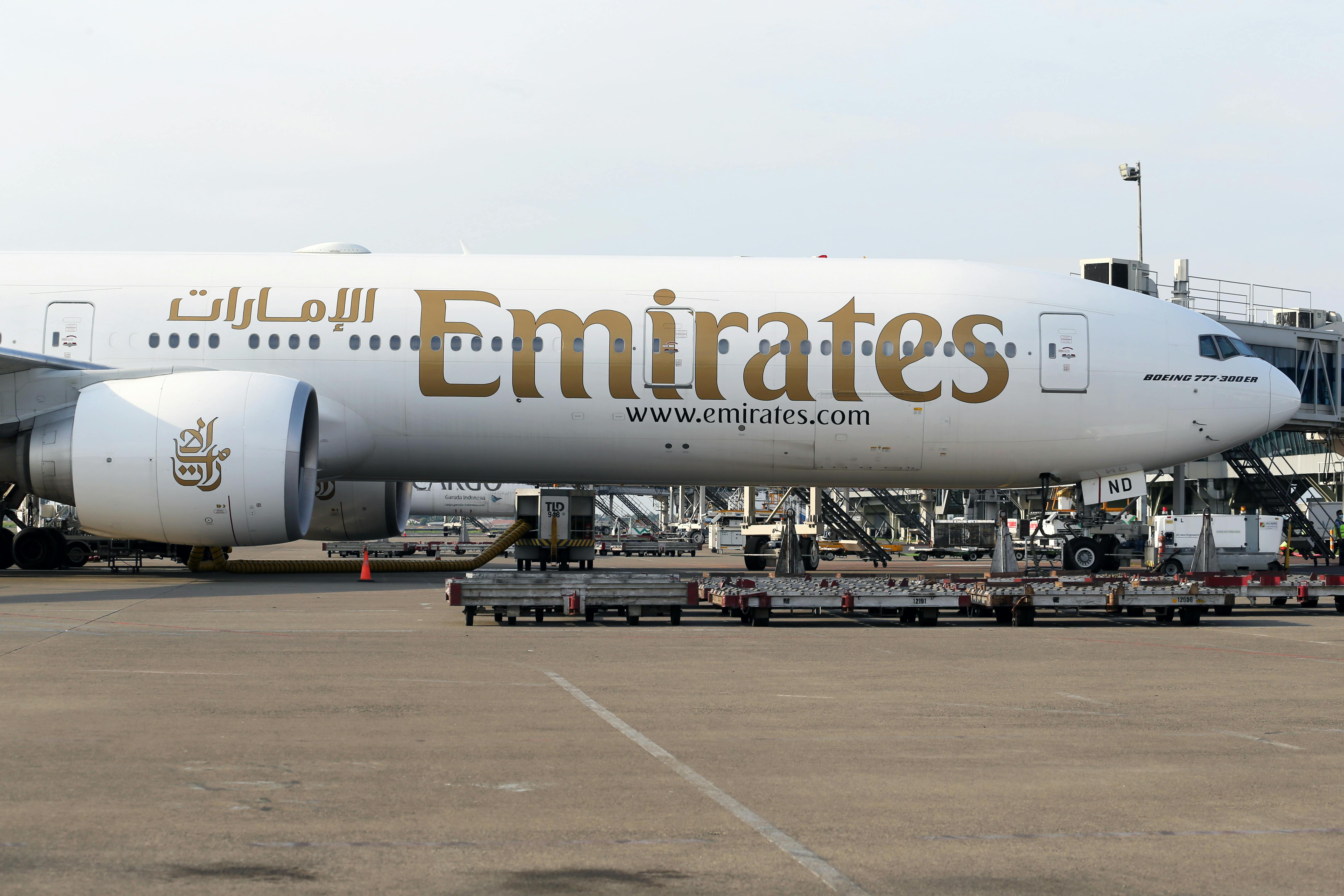Emirates Will Begin Flying To These 4 New Cities This Year

Dubai (WE) — Emirates is expanding again in 2025. The Dubai-based airline plans to launch passenger flights to four New Routes: Da Nang, Hangzhou, Shenzhen, and Siem Reap. According to Cirium Diio, these destinations bring Emirates’ total scheduled network from Dubai International Airport (DXB) to 143 cities in 2025. If you include Emirates’ sister airline flydubai, that number jumps to 240, but this article focuses only on Emirates.
Emirates operates one of the largest widebody fleets in the world. Data from ch-aviation shows the airline currently flies 249 passenger aircraft. These include 119 Boeing 777-300ERs, 116 Airbus A380s, 10 777-200LRs, and four A350-900s. Thanks to its long-range aircraft, Emirates ranks first globally for long-haul capacity, third for international capacity, and 15th for total available seats.
New Routes
Da Nang, Vietnam
On June 2, Emirates will start flights to Da Nang, its third city in Vietnam. This route will operate four times weekly on Boeing 777-300ERs. Flights will use a fifth freedom setup via Bangkok. That means passengers can book tickets from Dubai to Bangkok, Bangkok to Da Nang, or all the way through. Da Nang has never had nonstop flights to the Middle East. Emirates’ arrival will open a brand-new market. The city is popular for beach tourism and attracts Vietnamese expats and their families.
Siem Reap, Cambodia
A day later, on June 3, Emirates will begin flying to Siem Reap. Like Da Nang, it will be served by a 777-300ER on a fifth freedom route via Bangkok. The schedule includes three weekly flights. Siem Reap, home to Angkor Wat, is Cambodia’s top tourism hub. This will be Emirates’ first route to Cambodia and the country’s only direct link to the Middle East. Once launched, Siem Reap will become Emirates’ least-served destination in terms of flight frequency.
Shenzhen, China
From July 1, Emirates will start daily nonstop flights to Shenzhen. The city is located in southern China and is known as the country’s Silicon Valley. It already has Middle East links through China Southern and codeshares with Emirates. The new flights will use a Boeing 777-300ER in a three-class configuration. This gives passengers access to first class, business class, and economy. Shenzhen is home to over 100 billionaires and nearly 17 million people. It is China’s third-richest city and a major hub for tech and logistics.
In 2024, 70,000 passengers flew between Shenzhen and Dubai. Emirates hopes to grow that number further with daily service and strong cargo demand. The 777-300ER is known for its large belly-hold capacity, which will help with freight from electronics and other exports.
Hangzhou, China
The fourth new route will begin on July 30. Emirates will fly daily to Hangzhou, another economic giant in eastern China. Hangzhou is the headquarters of Alibaba Group, and it ranks sixth in China for the number of billionaires. The city has around 13 million people and is a major player in e-commerce and logistics.
Hangzhou already has service to the Middle East with Air China and Qatar Airways. Emirates hopes to tap into strong demand between Hangzhou and cities across Europe, Africa, and the Middle East. Last year, 81,000 passengers flew between Dubai and Hangzhou. Emirates expects that number to rise with daily widebody service.
Read More:
- Emirates Brings ‘Game Changer’ First Class to Australia: A New Era of Luxury Travel
- Disney World Summer 2025: Discounted Kids’ Tickets and What You Need to Know
- Canada Warns Travelers About U.S. Border Agents’ Authority to Search Electronic Devices
Emirates Expands in China After Bilateral Agreement

The new routes to Shenzhen and Hangzhou were made possible after an updated air services agreement between the United Arab Emirates and China. Signed in late 2024, the deal allowed each side to add 14 new weekly flights. Emirates and Etihad Airways split the additional 28 weekly slots evenly.
Before the deal, Emirates flew to Beijing Capital (14 weekly), Shanghai Pudong (14), and Guangzhou (7). With Shenzhen and Hangzhou (7 each), the carrier has now reached its full allocation of 49 weekly flights to China. Emirates’ strong position in China stems from more than just connecting traffic. There is high local demand in both directions—for tourism, education, and business. That has helped Emirates outperform some of its Gulf rivals in this important market.
Is the 777-300ER Too Large for Shenzhen and Hangzhou?
Both new routes to China will launch with Emirates’ largest twinjet—the 421-seat 777-300ER. That may seem aggressive, especially for new markets. Shenzhen and Hangzhou are not new to air travel, but starting with daily flights on a three-class aircraft is a bold move. A more cautious approach might have used the smaller A350-900, but Emirates only has four of those in its fleet right now.
Despite the large aircraft, the decision might make sense. These cities are economic powerhouses with high international traffic. Emirates will also benefit from strong cargo loads, which help offset passenger risk. Belly-hold freight is often overlooked but makes up a key revenue stream for Emirates’ widebody fleet. Additionally, both cities had significant demand to Dubai even without Emirates in the market.
Cannibalization between Shenzhen and Guangzhou may happen, but the two cities are massive. Their combined economic zones are larger than many countries. Emirates believes that demand is strong enough to support both routes without weakening either one.
What to Expect From These Launches?
All four new destinations support Emirates’ strategy of tapping into emerging travel markets and secondary cities. Rather than focus only on capitals, the airline is targeting high-potential hubs that offer both tourist and business demand.
These routes should also boost Emirates’ appeal to travelers heading to and from Southeast Asia and China. With flexible schedules and fifth-freedom rights in Thailand, Emirates increases its ability to compete with Singapore Airlines, Cathay Pacific, and Qatar Airways in connecting east and west.
For now, the airline shows no signs of slowing down. With a new fleet of Airbus A350s and future Boeing 777Xs on the horizon, Emirates will be positioned to open more routes across Asia, Africa, and beyond.
These new flights are expected to bring in more visitors, stimulate trade, and offer more options to travelers. Whether you’re heading to the beaches of Da Nang or exploring the temples of Siem Reap, Emirates’ expanding map will soon make it easier to get there.